The state of Utah in the United States is home to many impressive, majestic, and interesting geological structures. One such geological structure is aptly called a natural arch—these giant rocks are shaped into an arch by erosion.
Last week, one famous arch called Double Arch collapsed. Park visitors were saddened by the loss of this popular natural landmark, but experts said that the collapse was unavoidable.
The Collapse of Double Arch

Double Arch was an intriguing and beautiful landmark in Glen Canyon National Recreation Area in southern Utah. It collapsed on August 8th, 2024. It was nicknamed the “Toilet Bowl,” “Crescent Pool,” and “Hole in the Roof.” It should not be confused with the Double Arch in Arches National Park, which is still standing.
Although this impressive rock structure stood for many millennia, unfortunately, according to experts, its collapse was inevitable. It was only a matter of time until it fell.
The Life Cycle of an Arch
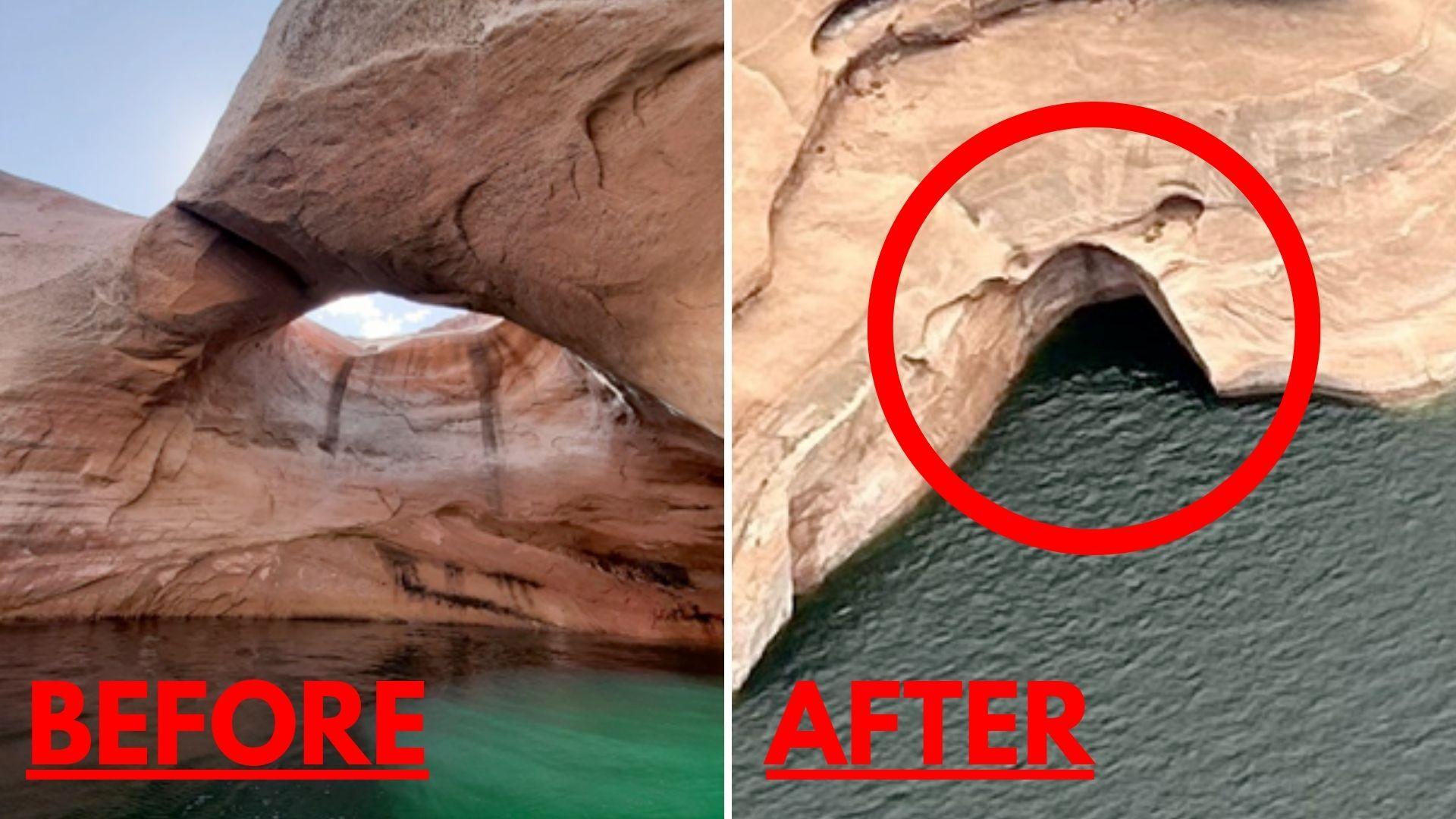
Jeff Moore, a professor of geology at the University of Utah who has led a team in monitoring several arches across Arches National Park since 2013, said that eventually falling is “a natural process in the life span of an arch”
The arch formed about 190 million years ago. According to the park, natural erosion, changes in water levels, and wind and weather conditions all could have contributed to the arch’s collapse. Grant Willis, a retired geologic mapping program manager at the Utah Geological Survey, also confirmed, “All our arches go through a life cycle.”
An Erosion Sculpture

According to Willis, Double Arch showed evidence that it was reaching the end of its life before it collapsed. Willis added that the life cycle “has nothing to do with years. It has to do with the progress of the arch.” However, “Certainly, Double Arch was old-aged.”
Moore described Double Arch as an “erosional sculpture” by nature. “They form through erosional processes, and once formed in small increments and small moments, they enlarge and sculpt,” he explained. “Sometimes, this sculpture leads to the formation of naturally strong arches… and sometimes it does not.”
Human Interference
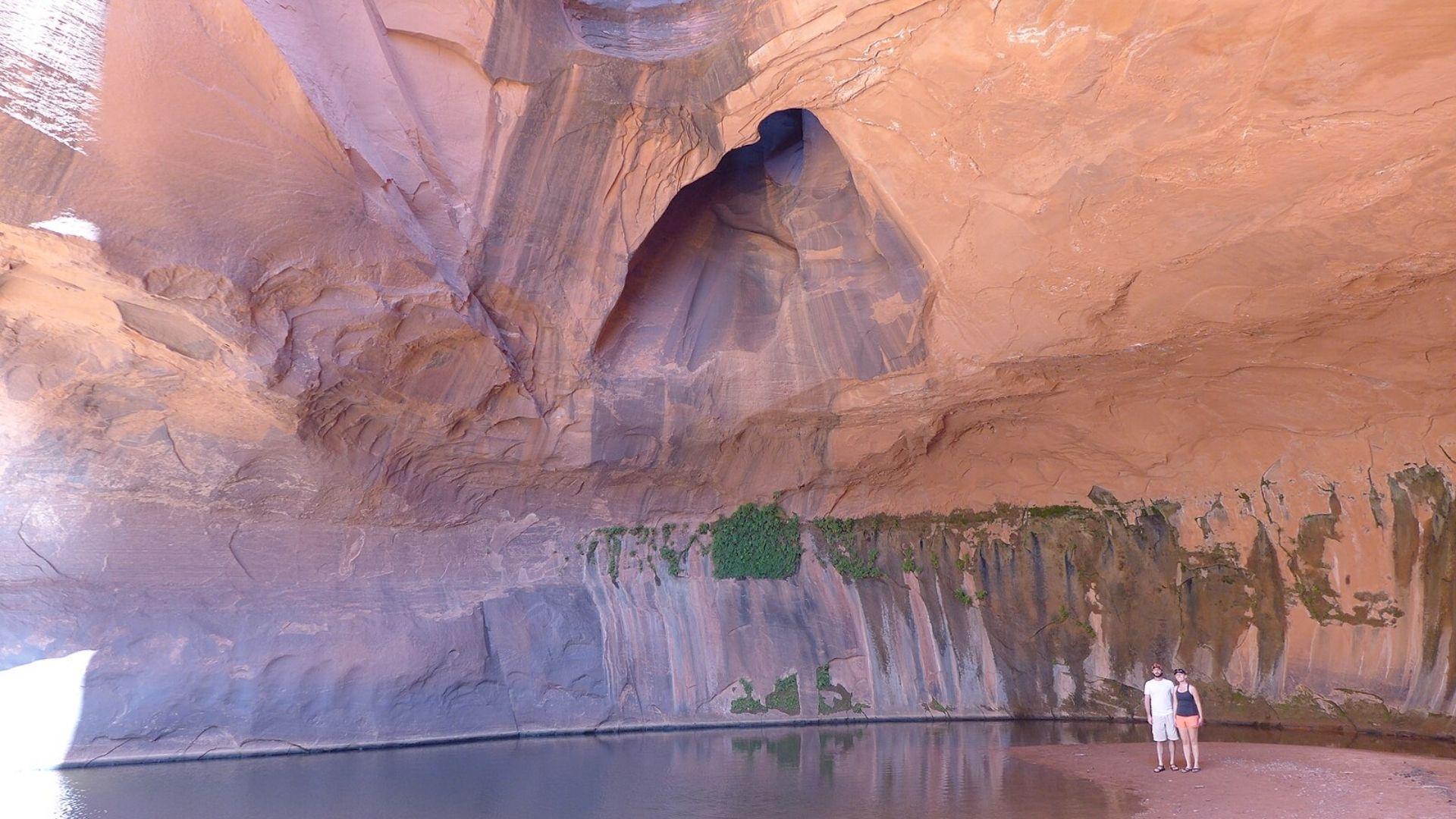
According to the arch experts, it’s hard to determine exactly how much humans contributed to the arch’s demise. However, Moore said that the constant presence of humans in the arch’s vicinity could have played a role in its collapse. “In essence, none of what we do can be helpful for the structural integrity of an arch,” he explained.
While any single person standing over or near a particular arch wouldn’t have an immediate effect on it, human interference could have “cumulative effects over decades,” he explained. “The arch would have collapsed anyway, at some time,” he said. “Did it collapse earlier because of these human activities? Probably. But how much earlier? I don’t know.”
How Other Parks Deal with Visitors
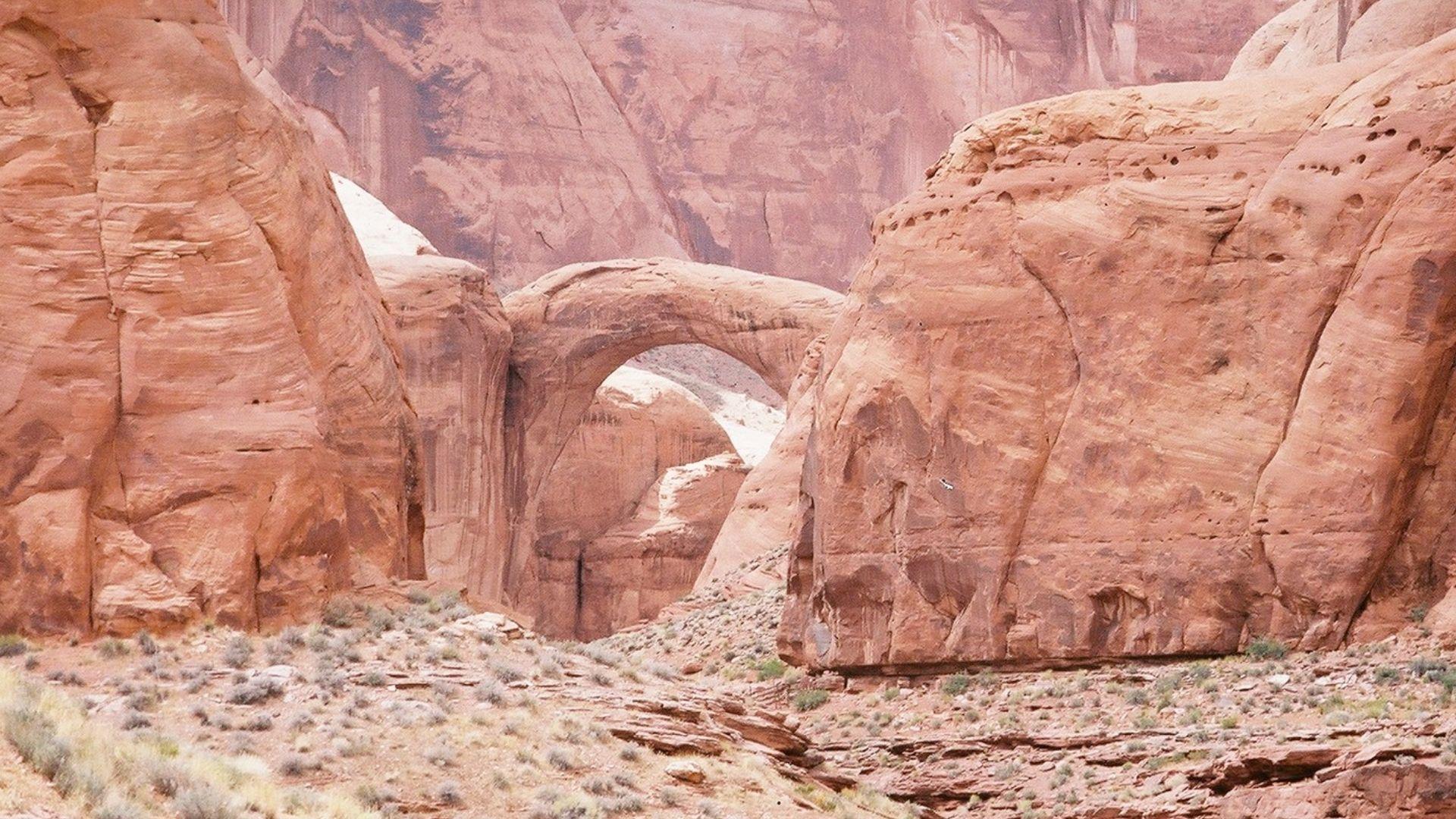
Other parks have dealt with the ways visitors can impact natural arches in different ways. Canyonlands National Park, which is northeast of Glen Canyon in Utah, bans visitors from standing on or climbing its arches.
Additionally, some studies revealed that helicopter flybys could have a damaging effect on arches. The area around Rainbow Bridge National Monument in the southern part of Utah enforces air restrictions. Rainbow Bridge National Monument is one of the world’s largest known natural bridges.
The Impact of Climate Change

Some people believe that climate change may have had an impact on the collapse of Double Rock. However, geologists aren’t sure whether or not climate change played a role.
“It would be a very tenuous kind of a connection, if there’s any at all,” Willis explained. For once, it seems like this event would have occurred whether or not humans are fundamentally changing the planet. It seems you’re off the hook for once, climate change.
Other Recent Arch Collapses
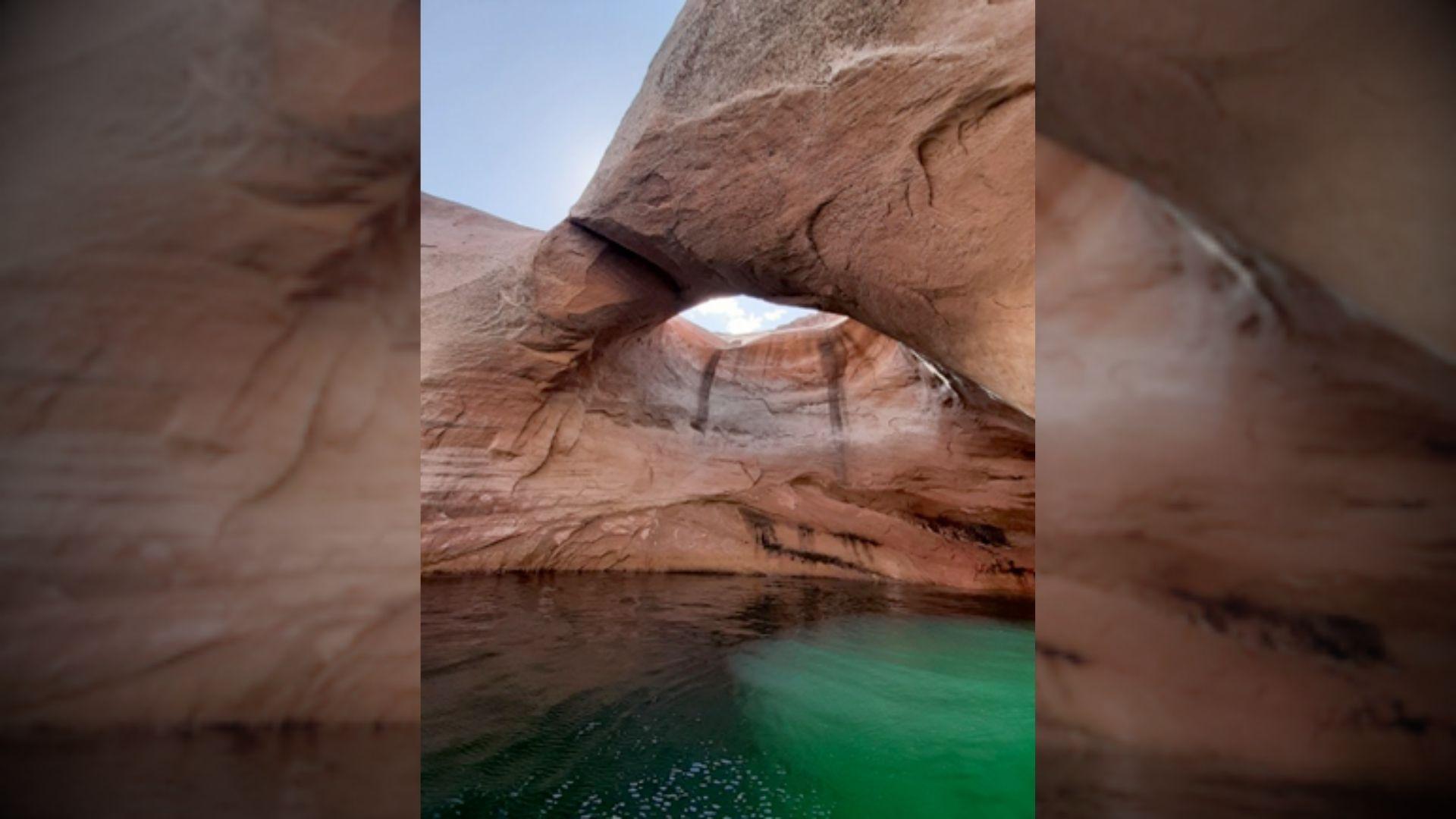
There have been multiple arch collapses that have occurred in parks within the past 35 years. Wall Arch was a natural structure in Arches National Park. In 2008, it dramatically collapsed. A nearby group believed at first that the sound of the arch’s collapse was thunder.
Rainbow Arch was another prominent and well-known structure in Arches National Park. It was located close to the visitor’s center. In 2018, that arch also came to the end of its lifecycle and crumbled.
The Wonder of Landscape Arch
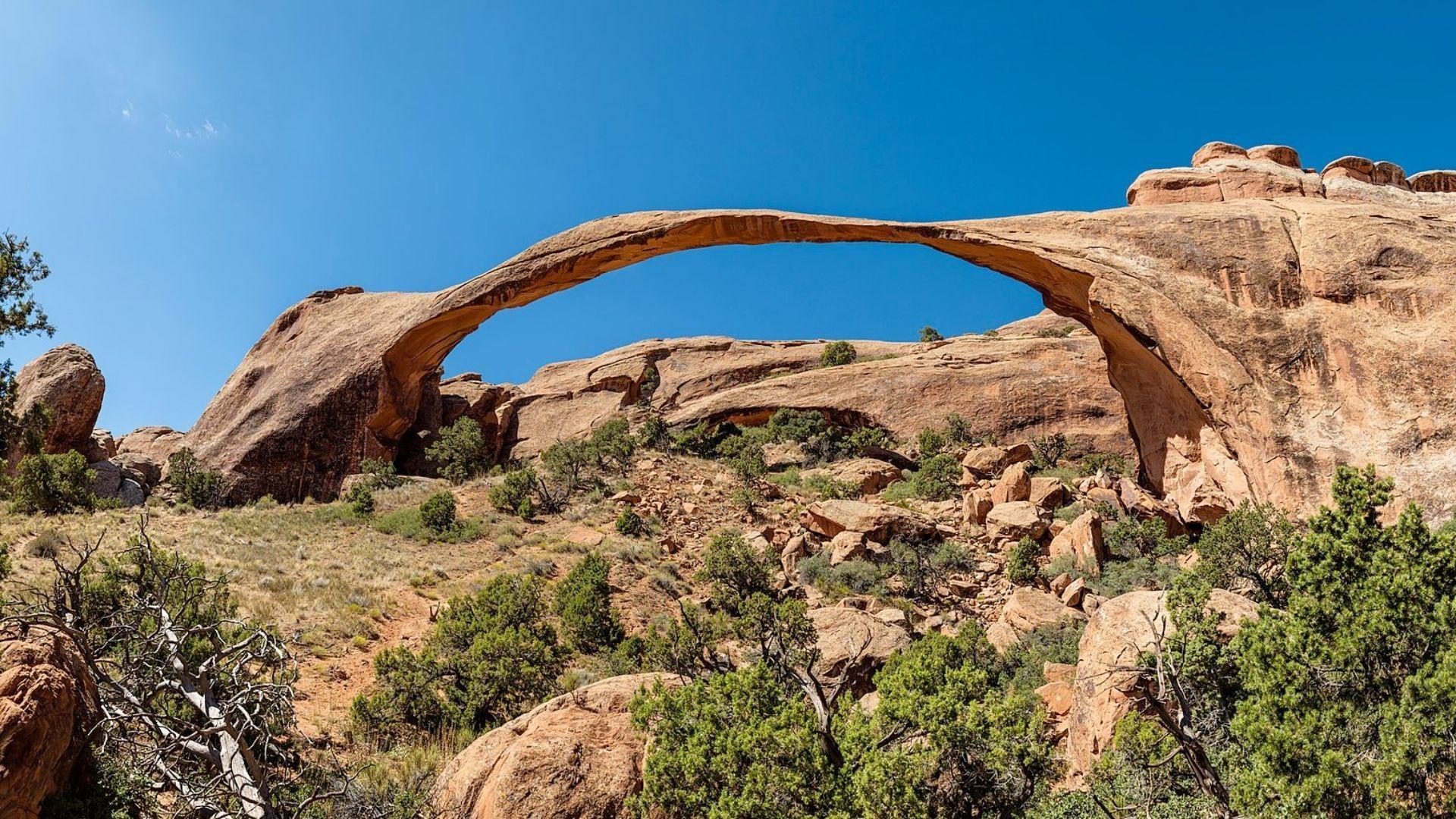
Another famous arch is Landscape Arch. It is more than 300 feet long, and is the longest-spanning arch in North America. On Sept. 1, 1991, park visitors heard concerning cracking sounds from Landscape Arch. A giant piece of rock fell, but the arch stayed standing.
Willis believes that Landscape Arch’s demise is imminent. According to him, it is aging rapidly. “It’s a very old-aged arch,” he said. “I look at that thing, and to me, it’s a wonder it’s still standing at all.”
The Beauty of Arches
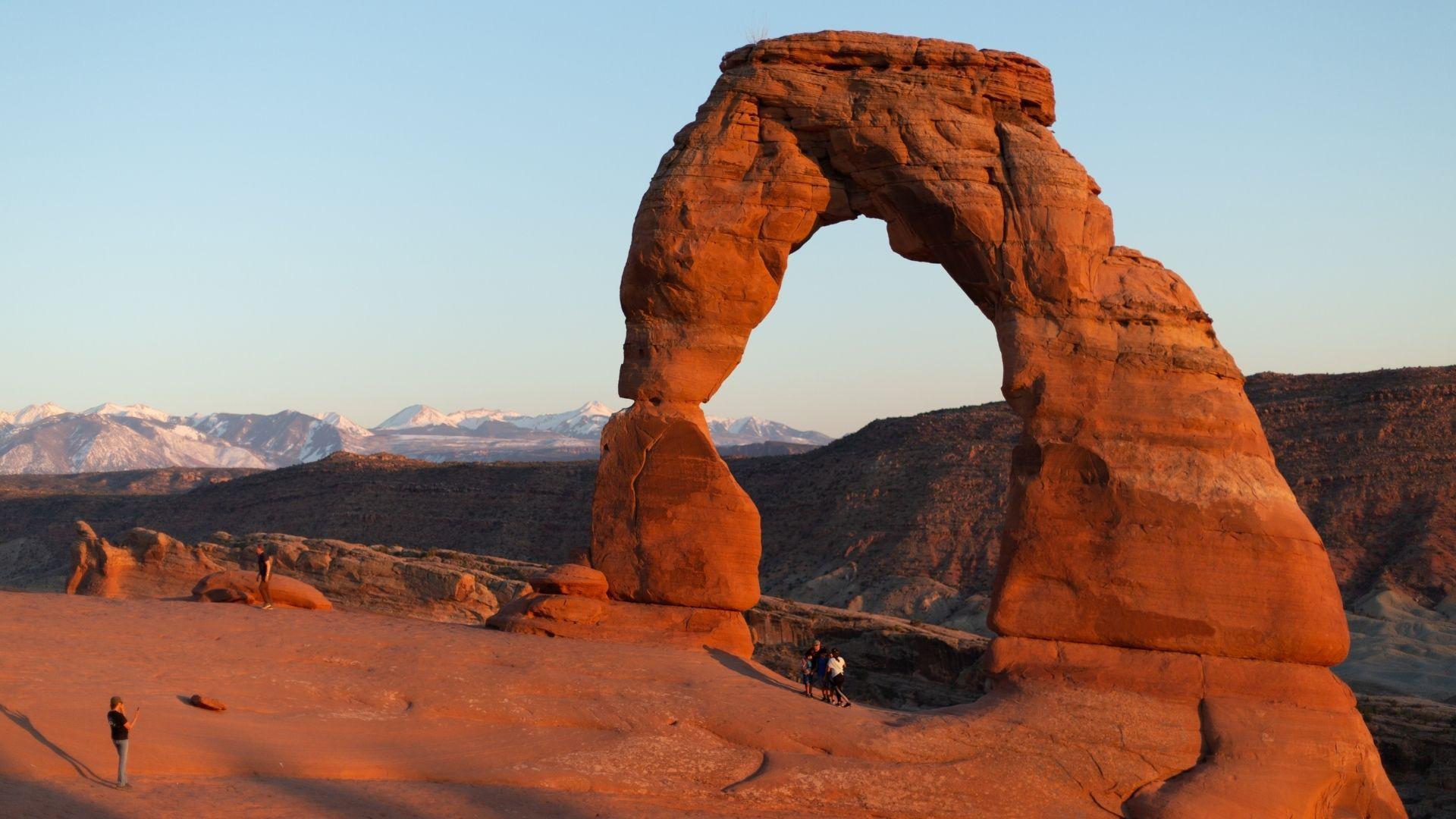
Moore believes that because arches are in a constant state of erosion and decay, there is something beautiful about their fleetingness. “These arches are almost always at a critical state of stability. Even though its evolution is slow on our human time scale, there they are actively forming and changing,” he explained.
“It might have taken 10,000 years to achieve this form. And so, in some cases, I think it’s really lucky that we are able to be here at that moment,” he said. Although it was time to say goodbye to the beautiful Double Arch rock, we should all appreciate that we live at the same time as many kinds of natural wonders.

